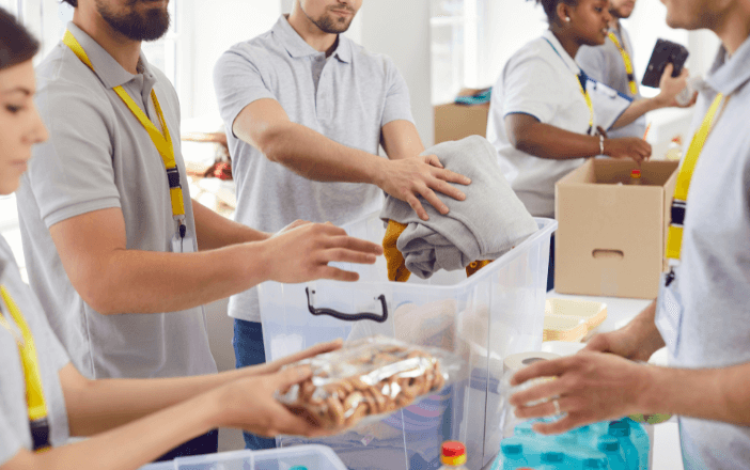When you want to give back to your community, knowing exactly what organizations need can make all the difference. Rather than guessing what might be helpful, understanding the specific requirements of different nonprofits ensures your donations have maximum impact. Let’s explore the most-needed items for three key types of community organizations and how modern donation platforms are making it easier than ever to coordinate giving.
Homeless Shelters: Beyond the Basics
Homeless shelters operate 24/7 to provide safety and dignity to vulnerable populations. While many people think of blankets and canned goods, shelters often need items that help residents maintain personal hygiene and prepare for job interviews or housing applications.
Essential Items for Shelters:
- Travel-sized toiletries – Toothpaste, soap, shampoo, and deodorant in small containers are constantly needed and easy for residents to transport
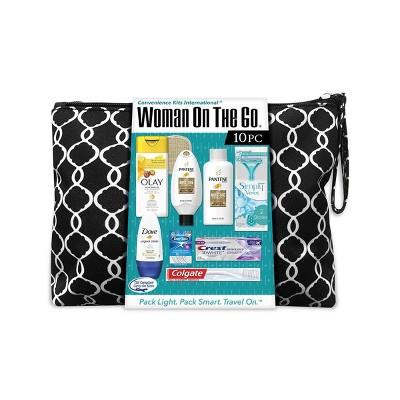
- New socks – These comfort items are rarely donated but desperately needed, as they can’t be shared between residents

- Professional clothing – Dress shirts, slacks, and blazers help residents present themselves confidently during job interviews

Shelters also need operational supplies like laundry detergent, cleaning supplies, and paper products that keep facilities running smoothly. The key is thinking about both immediate comfort and long-term stability for the people they serve.
Food Pantries: Nutrition and Convenience
Food pantries work to eliminate hunger while maintaining the dignity of families facing food insecurity. The most effective donations go beyond basic calories to provide nutritious, easy-to-prepare meals for families who may lack full kitchen facilities.
High-Impact Food Pantry Donations:
- Canned proteins – Tuna, chicken, beans, and peanut butter provide essential nutrition and protein that fresh food budgets often can’t stretch to cover
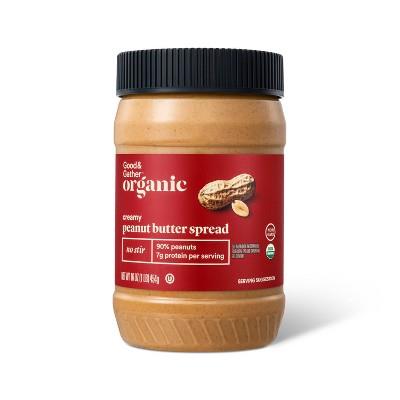
Whole grain pasta and rice – These shelf-stable staples form the foundation of countless family meals and provide lasting energy
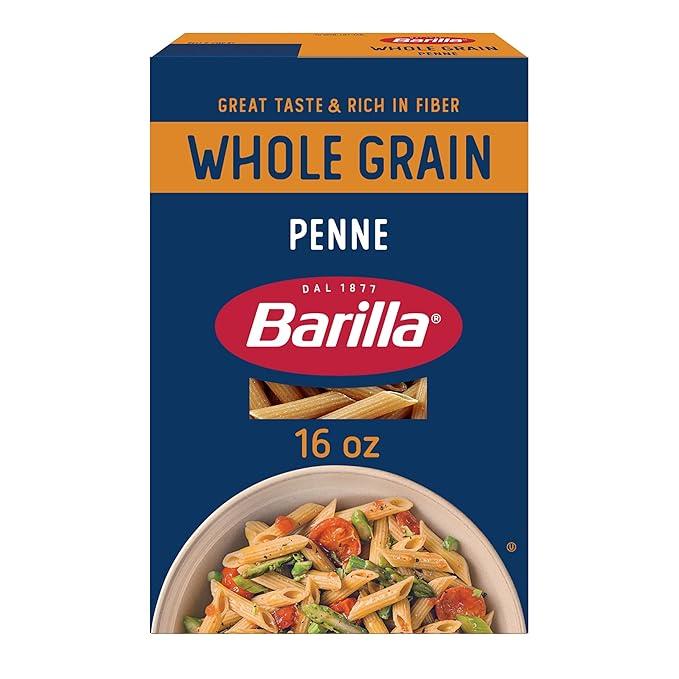
- Baby formula and diapers – These expensive necessities are often the hardest items for families to afford, making them incredibly valuable donations
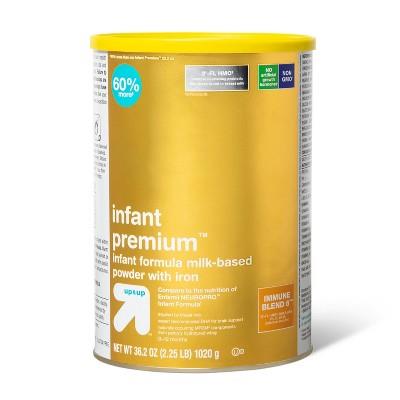
Food pantries also appreciate non-food items, like toiletries and cleaning supplies, since SNAP benefits can’t be used for these household essentials. The goal is to support whole families, not just address hunger.
Schools: Supporting Learning and Basic Needs
Educational institutions increasingly serve as community support centers, providing not just learning but also meals, supplies, and stability for students from all backgrounds. Teachers often spend their own money on classroom supplies, while many students lack basic necessities that affect their ability to learn.
Critical School Donations:
- Backpacks – Sturdy bags help students organize their materials and carry belongings with dignity
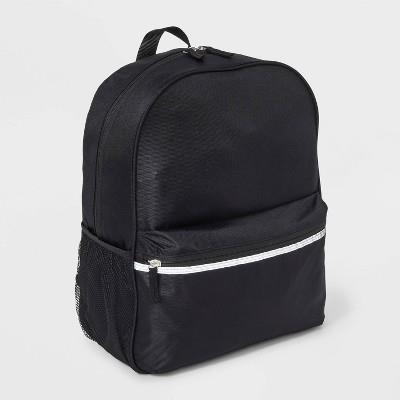
- School supplies – Notebooks, pencils, glue sticks, and folders are constant needs that directly impact learning

- Hygiene kits – Soap, toothbrushes, and feminine hygiene products help students feel confident and ready to learn
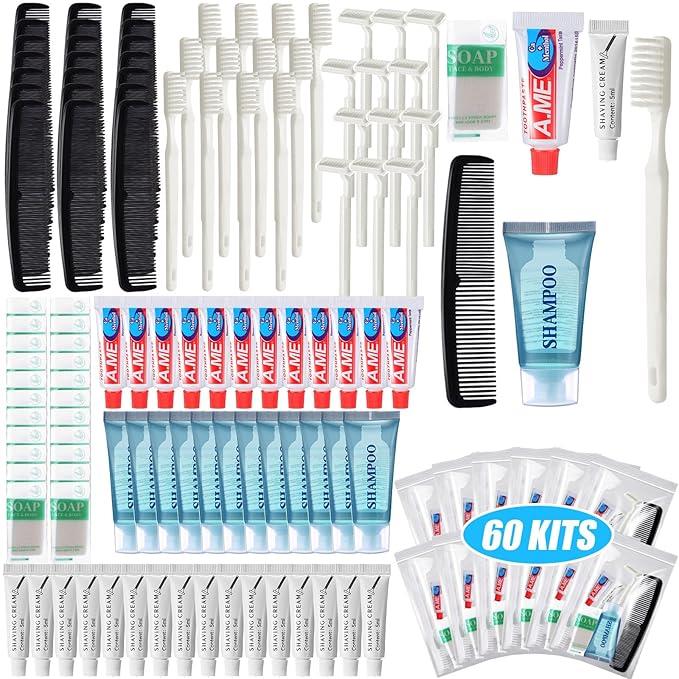
- confident and ready to learn
Schools also benefit from technology donations, books, and even non-perishable snacks for students who may not have reliable meals at home. The focus should be on items that remove barriers to education and help students succeed.
Making Donation Coordination Simple
Creating effective donation drives has traditionally been challenging for nonprofits. Organizations would create wish lists, post them on social media or websites, and hope supporters would remember what was needed. Donors often duplicated efforts or brought items that weren’t actually priorities, while truly needed items went unfulfilled.
This is where modern donation platforms like MyRegistry.com are transforming nonprofit fundraising. Organizations can create comprehensive Nonprofit Gift Lists that clearly communicate their most urgent needs. These digital wish lists allow supporters to see exactly what’s needed, select specific items, and even coordinate with others to avoid duplication.
The platform works like a wedding registry, but for charitable causes. A homeless shelter might list “20 travel-sized shampoo bottles” or “10 professional interview outfits,” allowing donors to claim specific quantities. A food pantry could request “50 cans of tuna” or “25 boxes of diapers,” with real-time updates showing what’s still needed.
This system benefits everyone involved. Nonprofits receive exactly what they need most, donors feel confident their gifts will be used effectively, and organizations can focus on their mission rather than managing donation logistics.
Building Your Organization’s Gift List
For nonprofits considering creating their own donation gift lists, start by identifying your three most urgent categories of need. Think about items that are expensive for your organization to purchase, frequently requested by clients, or essential for your daily operations.
Be specific in your requests. Rather than “clothing,” specify “men’s winter coats, sizes L-XXL” or “professional blouses for job interviews.” Include quantities needed and any brand preferences or restrictions. This specificity helps donors make choices that truly impact your mission.
Consider seasonal needs and special circumstances. Schools might need extra supplies at the beginning of each semester, while shelters may have increased demand for warm clothing during the winter months. Building flexibility into your donation system helps you adapt to changing needs throughout the year.
The Future of Strategic Giving
Community organizations do incredible work with limited resources, and thoughtful donations can multiply their impact exponentially. By understanding what shelters, food pantries, and schools actually need, and using modern tools to coordinate giving, we can ensure our generosity creates lasting positive change.
Whether you’re an individual donor looking to make a difference or a nonprofit seeking better ways to communicate your needs, the key is specificity, coordination, and understanding the real challenges these organizations face. When giving becomes strategic rather than random, entire communities benefit from the increased efficiency and impact of well-directed generosity.
